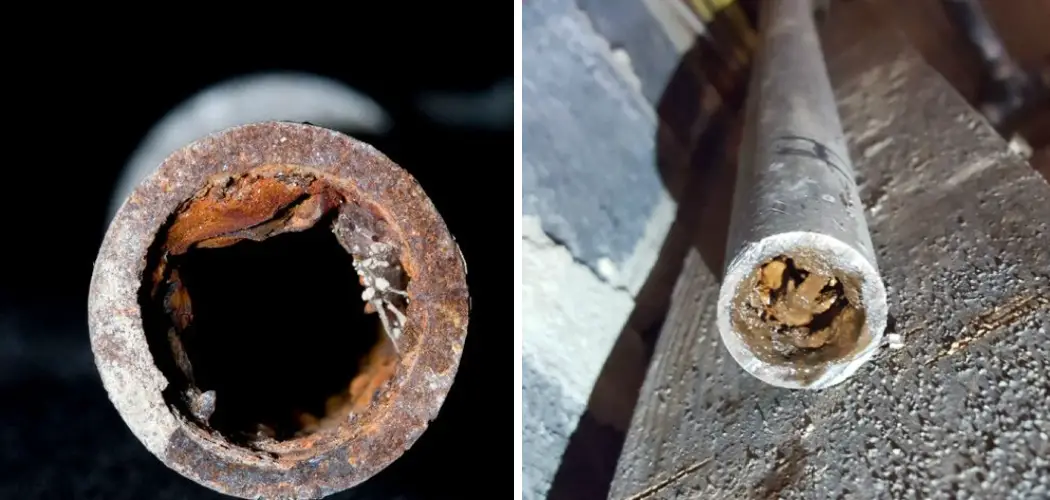Dealing with clogged galvanized water lines can be a frustrating experience for homeowners. Over time, mineral deposits, rust, and debris can accumulate within these pipes, obstructing the flow of water and causing reduced water pressure.
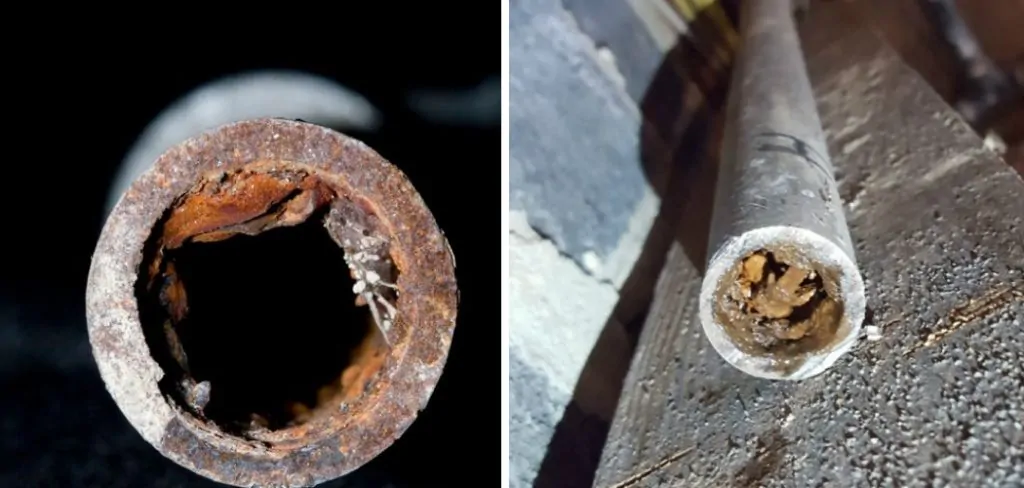
Fortunately, in this comprehensive guide, we will explore how to unclogging galvanized water lines. From simple DIY approaches like using white vinegar or mild acidic solutions to professional techniques involving hydro jetting and pipe replacement, we will cover a range of options tailored to your specific needs.
Whether you’re facing minor obstructions or more severe clogs, understanding how to address this issue is crucial for maintaining a reliable water supply and preventing potential damage to your plumbing system. Join us on this journey to learn how to clear clogs from your galvanized water lines and enjoy an uninterrupted and efficient water flow once again.
The Importance of Addressing Clogs to Restore Water Flow
Clogs in galvanized water lines are a common issue that many homeowners face. These clogs can be caused by various factors such as mineral build-up, rust, and debris accumulation over time. The result is reduced water flow or even complete blockage of water supply to your home.
It is essential to address clogs promptly to prevent further damage to the galvanized pipes and to restore water flow. Ignoring clogs can lead to prolonged water pressure buildup, which can cause the pipes to burst or leak, resulting in costly repairs.
Moreover, clogged galvanized water lines can also affect the overall quality of your home’s water supply. Mineral build-up and rust in the pipes can contaminate the water, making it unsafe for consumption. This can pose a significant health risk to you and your family.
Therefore, it is crucial to address clogs in galvanized water lines as soon as they are detected. Regular maintenance and cleaning of these pipes can also prevent clogs from occurring in the first place. Using safe and effective methods such as snaking or hydro jetting can help remove any blockages and restore the water flow.
The Common Issue of Clogged Galvanized Water Lines
Galvanized water lines are prone to clogging over time, especially if they have not been maintained properly. This can lead to a variety of problems such as low water pressure, slow draining sinks and showers, and in severe cases, burst pipes. Galvanized pipes are made from steel coated with a layer of zinc to protect them from corrosion. However, this protective barrier can deteriorate over time, causing the pipes to rust and form mineral deposits inside. These mineral deposits can eventually narrow the width of the pipes, leading to clogging.
10 Methods How to Unclogging Galvanized Water Lines
1. Chemical Cleaner
Chemical cleaners are a popular method for unclogging galvanized water lines. These cleaners contain powerful chemicals that can break down and dissolve the deposits in the pipes, allowing them to be flushed out. However, it is important to follow the instructions on the label carefully as these cleaners can be dangerous if not used properly.
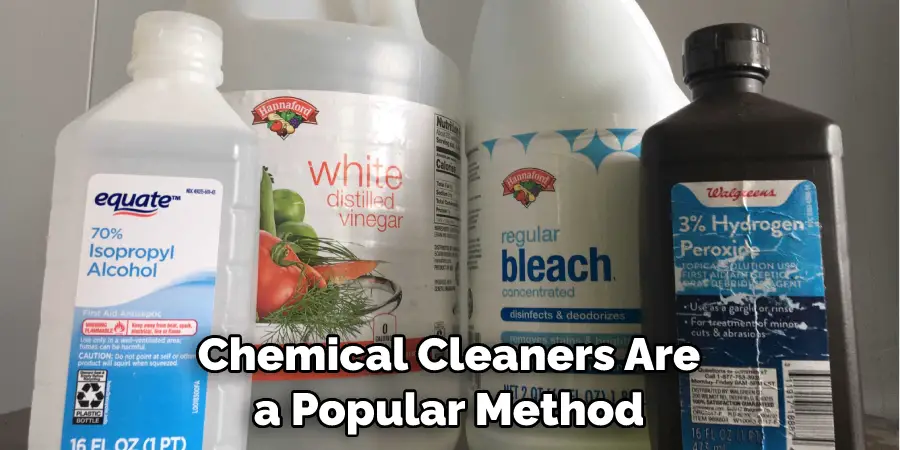
2. Plunger
Using a plunger is another effective way to unclog galvanized water lines. A plunger uses suction to create a tight seal around the pipe, which allows air pressure to build up and push the clog out of the pipe. This method is relatively easy and inexpensive, but it may not always be successful depending on how severe the clog is.
3. Auger
An auger can also be used to unclog galvanized water lines. An auger is a long metal cable with a cutting head at one end that is inserted into the pipe and then rotated in order to cut through any obstructions in its path. This method requires some skill and experience, so it should only be attempted by someone who knows what they are doing.
4. Pressure Washer
A pressure washer can be used to blast away clogs in galvanized water lines with high-pressure jets of water. This method can be very effective at removing stubborn clogs, but it should only be used with extreme caution, as too much pressure could damage the pipes or cause them to burst open.
5. Hot Water
Pouring hot water down galvanized pipes can help to loosen up any debris or sediment that has built up inside them over time, allowing it to easily flow out of the pipes when flushed with cold water afterward. It’s important to remember that this method should only be used on older pipes as newer ones may not hold up well under extreme temperatures as this one does.
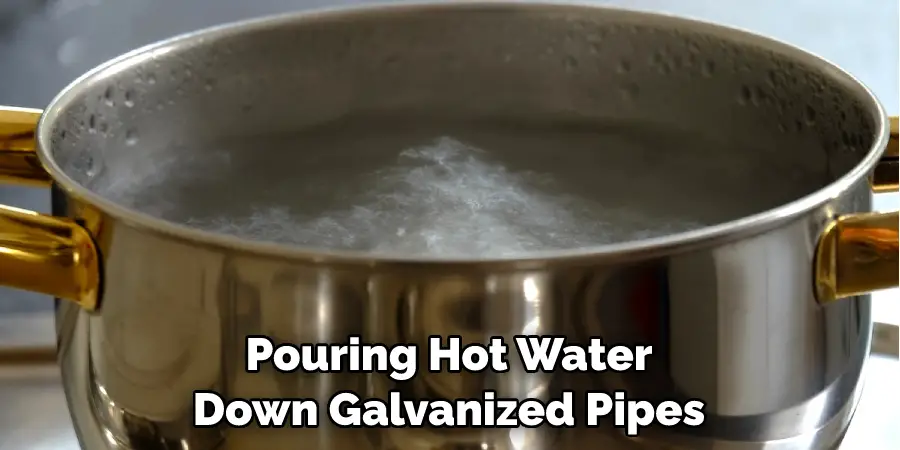
6. Vinegar & Baking Soda
Mixing vinegar and baking soda together creates an acidic solution that can help break down any clogs in galvanized water lines when poured down slowly over time (around 1/2 cup each). The acidity helps dissolve any buildup inside the pipes while also neutralizing odors from bacteria or mold growth inside them as well.
However, this method should not be used if there are any signs of corrosion present in your pipes as it could worsen their condition further instead of helping them improve like it normally would otherwise do so.
7. Boiling Water
Boiling water poured down galvanized pipes can also help loosen up any debris or sediment buildup inside them over time, allowing it to flush out more easily afterward when cold water is added afterward (just like hot water does). Again, this method should only be used on older pipes since newer ones may not hold up well under extreme temperatures like this one does either way.
8. Pipe Snake
A pipe snake (or drain snake) is another tool that can be used for unclogging galvanized water lines by inserting its long flexible wire into the pipe and then pushing it through until it reaches whatever obstruction there might have been blocking off flow from within. This method works best for smaller blockages since larger ones may require other more specialized tools instead, such as an auger mentioned earlier already here too.
9. Air Compressor
An air compressor works similarly to a plunger in terms of using air pressure build-up created by its suction power for loosening up whatever blockage might have been present within your galvanized pipe’s walls. This tool works best for small blockages since larger ones may require other more specialized tools instead, such as an auger mentioned earlier already here, too once again.
10. Hydro Jetting
Hydrojetting involves using high-pressure streams of pressurized hot water for blasting away even large blockages found within your galvanized pipes, leaving behind no residue whatsoever after completion either way. This process requires special equipment for use, so hiring professional plumbers would likely prove necessary before attempting anything yourself here all along now anyway too overall, finally.
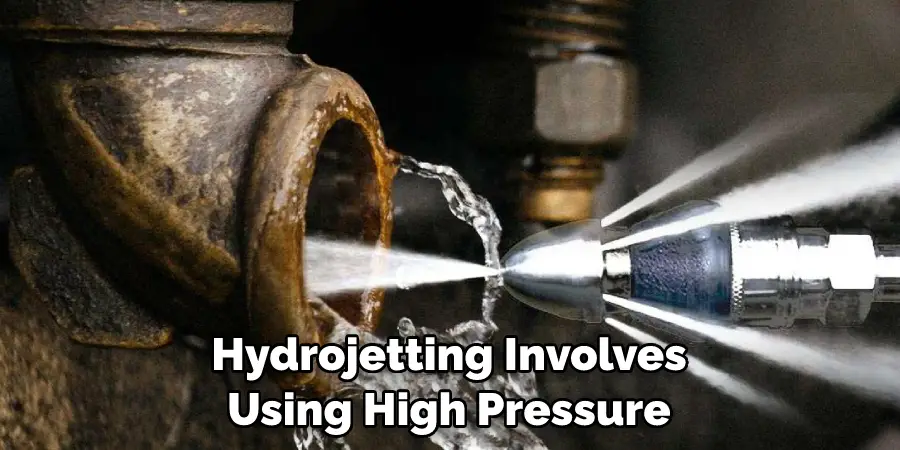
Things to Consider When Unclogging Galvanized Water Lines
Galvanized water lines are a common feature in many households, especially those built before the 1960s. These pipes were commonly used due to their durability and resistance against corrosion. However, over time, these lines can accumulate mineral deposits, rust and debris which can lead to clogging.
Understanding the Problem
Before attempting to unclog galvanized water lines, it is important to understand the root cause of the issue. As mentioned earlier, mineral deposits and rust are common culprits for clogged pipes. However, there could also be other underlying issues such as tree root intrusion, damaged pipes, or improper installation. It is important to identify the cause of the clog in order to effectively address it and prevent future occurrences.
Safety First
When dealing with any plumbing issue, safety should always be a top priority. Before starting any unclogging process, be sure to turn off the water supply and wear protective gear such as gloves and safety glasses. Also, be cautious when using any tools or chemicals to avoid injury.
Choose the Right Tools
Galvanized pipes can be delicate and prone to damage, especially if they have been in use for a long time. Therefore, it is important to choose the right tools to avoid causing further damage. For instance, using a plumbing snake specifically designed for galvanized pipes can be more effective and less damaging compared to a regular plumbing snake.
Natural Solutions
If the clog is not severe, you may be able to use natural solutions to unclog your galvanized water lines. For example, pouring a mixture of baking soda and vinegar down the drain can help dissolve mineral deposits and break up debris. However, it is important to note that this method may not be effective for more stubborn clogs.
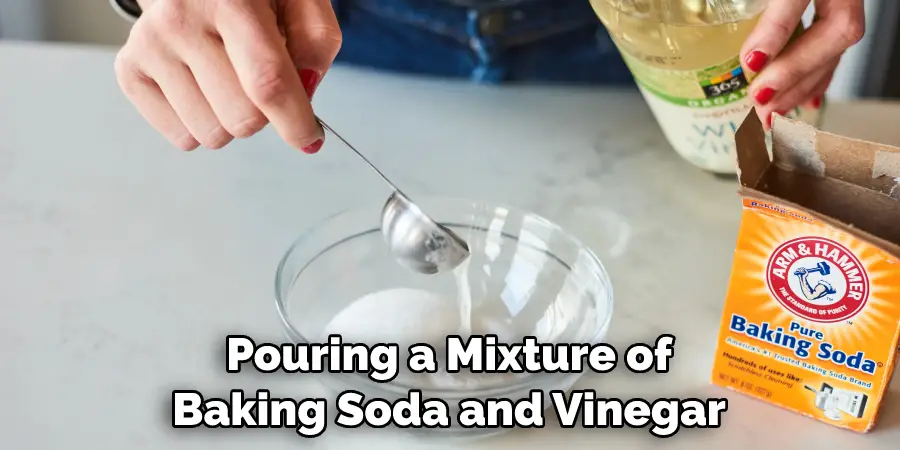
Conclusion
In conclusion, unclogging galvanized water lines isn’t an easy job but with the right preparation and knowledge it can be done. Remember to always consult a plumber to get the best possible service, especially if you’re not experienced in plumbing. Once you have successfully cleared the obstruction from your pipes, prevent future blockages by using a scrub brush to scour the interior walls of the pipes.
If it’s time for replacement or repair of the galvanized water line, there are multiple materials that can replace steel such as PVC or copper which may provide more stable and durable conditions in order for water to move through your household adequately.
Taking all these precautions into account will make sure next time you face this problem you won’t have to call a professional because you’ll have all the knowledge on how to unclogging galvanized water lines.

